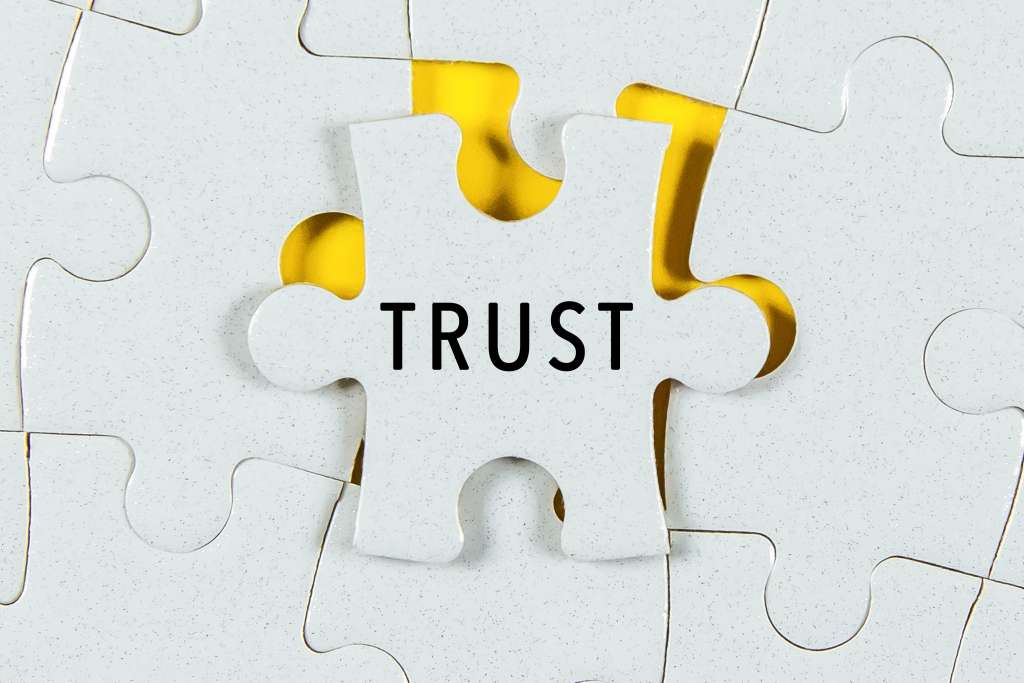Developing Transparent And Visible Supply Chains in Fashion



Summary: The fashion industry is one of the most influential industries in the world. Fashion has a significant impact on both the environment and the economy. In recent years, the growth of visible supply chains in fashion has been in focus. Here's how more fashion brands can strive to create visible supply chains.
Supply Chains in Fashion
Supply chains in fashion are generally more complex than those in other industries. The number of steps involved in taking a garment from the design table to the store.
Benefits of having visible supply chains
Visibility and transparency are two critical factors when developing a supply chain strategy. By definition, supply chain visibility is the ability to track every process. The benefits of a visible supply chain are the ease of identifying roadblocks and developing potential improvements.
Visible supply chains can help brands improve their operations. By understanding how products are made, brands can make changes to improve quality efficiency.
Supply chain transparency is becoming increasingly important to consumers. More so because consumers want to know the environmental and social impact of all they consume. With visible supply chains, brands and retailers can show their commitment to sustainability.

The goal of any supply chain management strategy is to build sustainable solutions, cut costs, and maximize efficiency, all the while delivering quality products to customers. This can be especially challenging in fashion because of the rapidly evolving trend cycles.
Here are a few key strategies that can help fashion brands develop visible and efficient supply chains:
1) Stronger Together
Establishing good relationships with suppliers is essential for any business. But it's imperative in fashion as trends can change quickly and lead times are often tight. Communication is key in running a business. Fashion brands can improve their operations by adopting the best communication practices.
Fragile relationships in fashion supply chains create an imbalance of power, resulting in a lack of knowledge of customer preferences, targets not met, quality deterioration, canceled orders, and delayed payments.
Taking the time to nurture your supplier relationships will induce favorable prices, improve stock availability, nurture quality targets and will also protect brands in case of natural disasters. This will also help them ensure that garments are being produced ethically and responsibly.
2) The Great Gift Of Technology

Many brands now use technology to track each product, from production to sale.
There are now many software programs and apps that can help you track your supply chain. Think online tracking of shipments, inventory levels, and stages of creation.
By using these tools, you can easily keep tabs on every step from the supplier to the customer.
H&M and TextileGenesis, for example, use a token called "Fibercoin." It tracks materials as they advance from fiber to finished creation.
The company, RefScale monitors CO2 and water used in production. Other supply chain tracking technologies include analyzing dust samples and using AI to trace the geographic background of a product.
The above can be extremely useful for brands to make sure they stay on track with their quality and sustainability targets. This tracking data can be used to create transparency for customers.
3) Trust Begins With Truth
Customers have a right to understand where their garments come from and how they are made. This reiterates the importance of transparency in a brand's supply chain.

Being upfront with customers and informing them about the processes involved in making a product go a long way in building trust. Customers get a sense of security and can make informed decisions about their purchases.
There are a few methods to make your operations more transparent, such as:
- Listing the sources of materials and products.
- Telling customers about the people and communities that make your products.
- Regularly publishing supply chain and sustainable reports on your website.
Designer Martine Jarlgaard collaborated with Provenance, a blockchain software company, to produce his label's first tracked garment. Consumers could scan the label on the product to get a glimpse of how the garment was made and the raw materials sourced.
The Way Forward
In the business of fashion, transparency is key! Put in place the above strategies to create a system that is both efficient and ethical. Improve the visibility of your supply chain and meet your customers' needs.

Key Takeaways
- Accountability produces transparency which creates change!
- Align priorities between brand teams & suppliers
- Turn data into action
- Make your first-tier supply chain completely visible
- Rethink business ecosystems & culture
Ready to streamline your supply chain process? Get in touch with Fashinza experts to refine your supply chain processes for better brand operations.
Supply chain excellence with Fashinza – Learn More



















